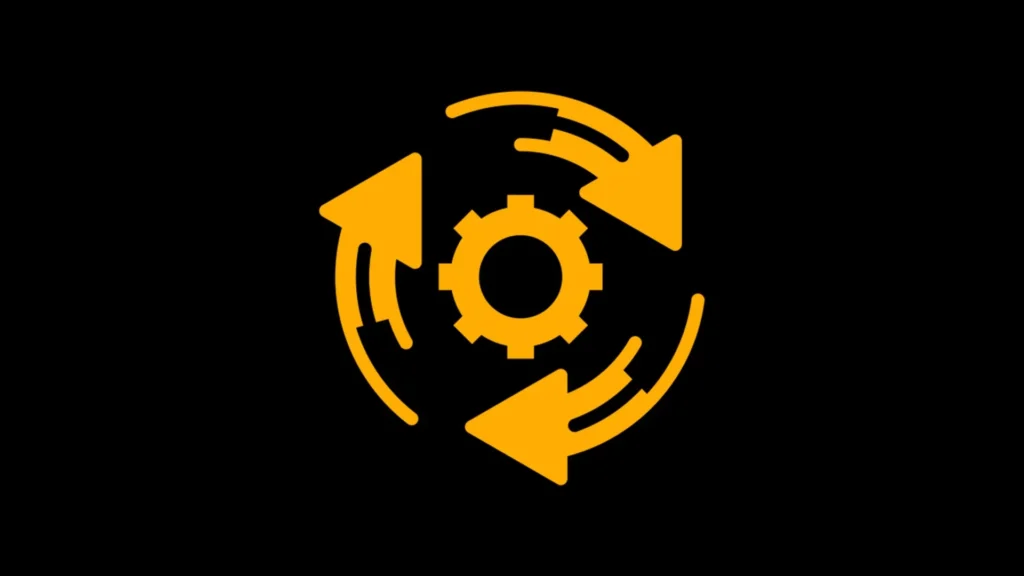So you want to repurpose your content from Substack Notes to Facebook posts?
I get it. You’ve already put in the work creating those snappy, insightful Notes on Substack. But now they’re just sitting there, reaching only a fraction of your potential audience.
Maybe you’re hesitating because it feels like extra work. Or perhaps you’re worried that what works on Substack won’t translate to Facebook’s completely different environment.
You’re not alone. Many content creators leave value on the table by keeping their content siloed on just one platform.
Why you should repurpose from Substack Notes to Facebook
Facebook still has nearly 3 billion monthly active users. That’s a massive potential audience that might never see your Substack content.
While Substack Notes reaches a specific, often more intellectually-oriented audience, Facebook gives you access to more mainstream readers who might benefit from your expertise but would never discover you organically on Substack.
The truth about content repurposing is that you never really know what’s going to resonate on which platform until you try.
Back in 2020, I created a series of YouTube videos about note-taking. They performed okay, but nothing special. On a whim, I decided to repurpose that content for Medium articles. That decision completely changed my business trajectory – I was able to launch a profitable 5-figure course and add 3,000 email subscribers to my list in just 12 weeks.
Why did this work so well? Because content performance varies wildly across platforms due to:
- Different audience demographics and interests
- Platform-specific algorithms that favor certain content types
- Timing and contextual factors
- Format preferences (what works as a Note might need adjustment for Facebook)
The main differences between Substack Notes and Facebook Posts
Substack Notes are designed for a specific intellectual audience who’ve already shown interest in your niche. They tend to be more focused, can be longer-form, and often contain specialized language your subscribers already understand.
Facebook, on the other hand, rewards:
- More emotional, relatable content
- Visual elements that stop the scroll
- Content that generates discussion and comments
- Personal stories that connect with broader audiences
- Clear takeaways that don’t require specialized knowledge
The biggest difference? On Substack, people have explicitly opted in to hear from you. On Facebook, you’re competing with friends, family, and cat videos for attention.
What makes a good Facebook post
Facebook rewards content that creates meaningful engagement. This means:
- Strong hooks that grab attention in the first 1-2 sentences
- More conversational, personal writing (think “talking to a smart friend”)
- Questions that prompt responses
- Relatable stories that make complex ideas accessible
- Short paragraphs with lots of white space
- Clear formatting with emojis to break up text 🔑
For example, instead of a Substack Note that might start: “The cognitive biases affecting investment decisions can be categorized in three ways…”
Your Facebook version might begin: “I lost $5,000 on a ‘sure thing’ investment last year. Turns out my brain was playing one of these 3 tricks on me: 👇”
Same content, completely different approach.
Build Your Swipe File Of Winning Facebook Posts
The best way to create effective Facebook content is to study what’s already working. Each platform has its own unwritten rules and success patterns.
Find 10-15 posts related to your niche that have generated significant engagement. Analyze them for patterns in:
- Hook styles
- Overall length
- Use of personal stories
- Questions and call-to-actions
- Visual elements
PRO TIP: Look for newer creators who are getting outsized engagement, not just established names. The big accounts can often break “rules” that wouldn’t work for smaller accounts because they already have momentum and loyal followers.
Yes, this research takes some upfront work, but it will dramatically improve your results.
Download my free templates of winning Facebook posts here.
Simple workflow to turn Substack Notes to Facebook Posts
Okay, so now that you have these laid out…
You could either do this manually like a monkey.
Hire a VA that you need to train for weeks on Fiverr…
Or (my favorite way):
You could use AI and automation tools to make this process as smooth as butter.
Here’s an example:
As soon as you post on Substack Notes, it will automatically repurpose it to Facebook with the appropriate style and format adjustments.
You can start creating automations that utilize specific prompts to save your time.
Tools like n8n, Make (formerly Integromat), or Zapier can help you create workflows that trigger when you publish new content.
A simple workflow could look like this:
1. You publish a new Substack Note
2. n8n detects the new content via RSS
3. It sends the content to ChatGPT with a prompt like:
“Transform this Substack Note into an engaging Facebook post. Make it more conversational, add emojis, break up text into shorter paragraphs, and end with a question to encourage engagement:”
4. The transformed content is sent to your approval queue or directly posted to Facebook
This entire process can happen in minutes with minimal oversight once set up properly.
Stop letting your valuable Substack content reach only a fraction of its potential audience. Your ideas deserve to be shared widely – and with the right repurposing strategy, you can make one piece of content work twice as hard for you.
For more tips on how to repurpose your content and grow your audience with less work, sign up for my free emails below:

